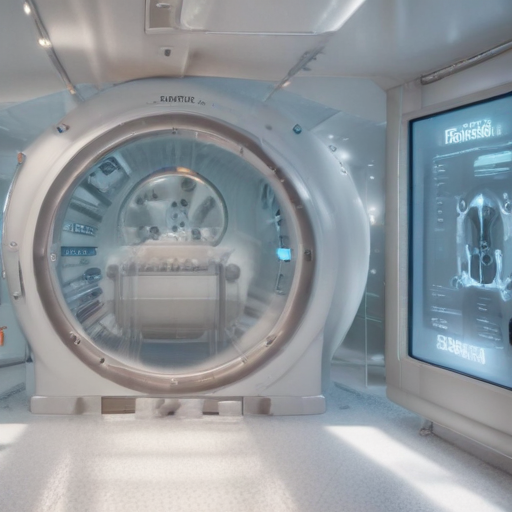The tragic death of a five-year-old boy in Michigan has raised significant concerns about the safety of hyperbaric chambers, which are commonly used for hyperbaric oxygen therapy. These chambers, designed to treat conditions like severe burns, decompression sickness, and carbon monoxide poisoning, operate under high pressure and contain 100% oxygen, making them potentially combustible.
The incident occurred at a medical facility called the Oxford Center in Troy, where the boy and his mother were inside a hyperbaric chamber that exploded. First responders found both the boy from Royal Oak and his injured mother at the scene. The cause of the explosion remains unclear, prompting an investigation by local authorities. The City of Troy police noted that such incidents are rare, despite the inherent risks associated with hyperbaric therapy.
Hyperbaric chambers are utilized to enhance medical treatment by providing oxygen at pressures up to three times higher than normal and have been beneficial for many patients. However, they can also cause side effects like ear pain, breathing difficulties, and, in rare cases, lung damage or seizures.
Despite the risks, many patients have reported positive outcomes from hyperbaric therapy. Testimonials from individuals such as Tami Peterson highlight the substantial benefits the therapy can provide. Peterson recounted how her daughter’s condition improved dramatically after undergoing treatment for viral encephalitis, illustrating the therapy’s potential for significant recovery in critical health situations.
Hyperbaric oxygen therapy has been recognized for its ability to treat a range of medical issues, including decompression sickness and chronic wounds. Research indicates that it can also aid in enhancing blood flow and supporting the immune system. Notable figures, including sports personalities like Joe Namath and Michael Phelps, have embraced hyperbaric therapy for various health reasons, showcasing its growing acceptance and application beyond traditional medical uses.
This incident emphasizes the need for stringent safety measures when using hyperbaric chambers to ensure that the benefits of this therapy can be enjoyed without compromising patient safety. As investigations continue, the hope remains that the lessons learned will lead to improved regulations and protocols, safeguarding future patients undergoing this innovative treatment.
